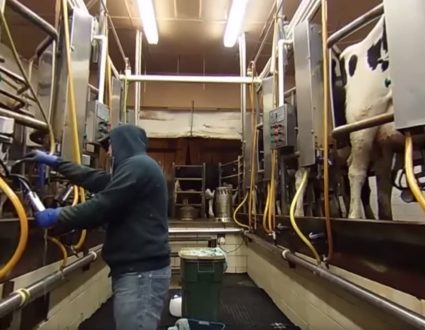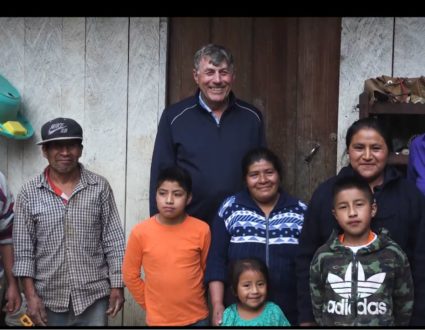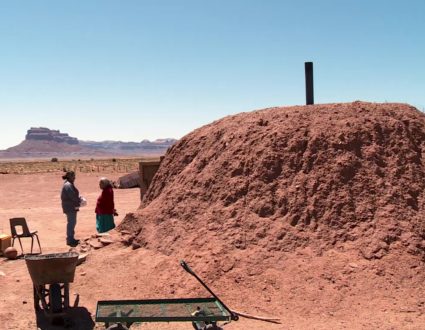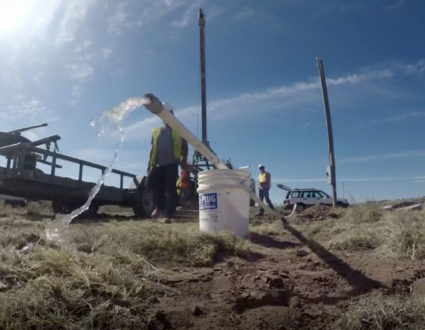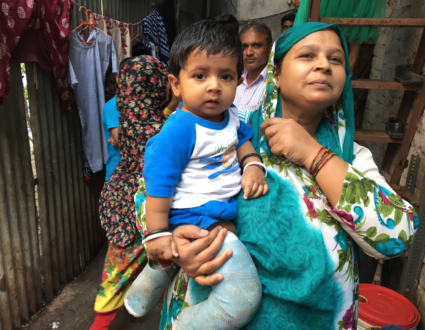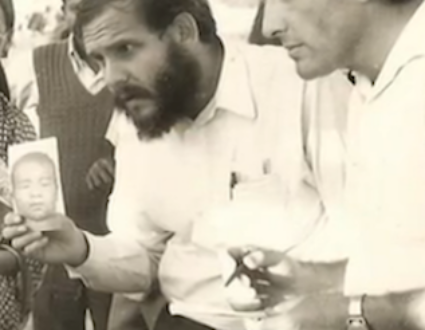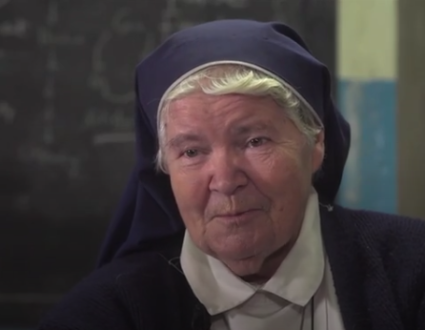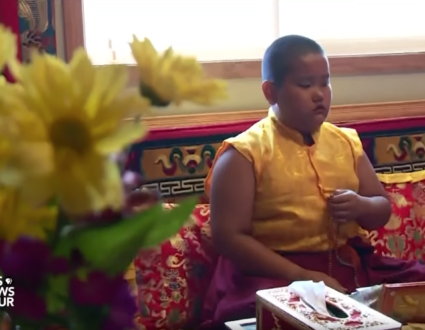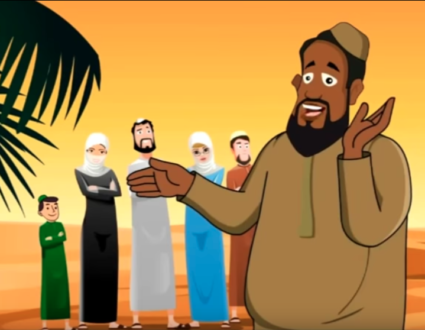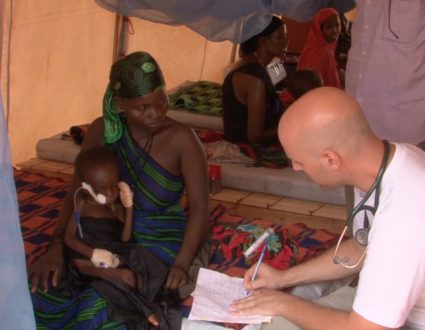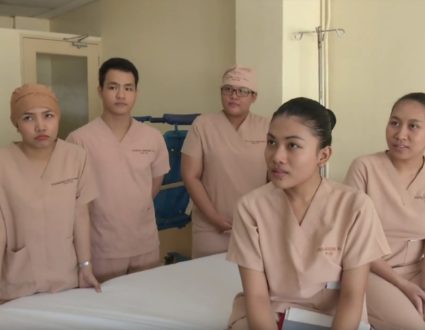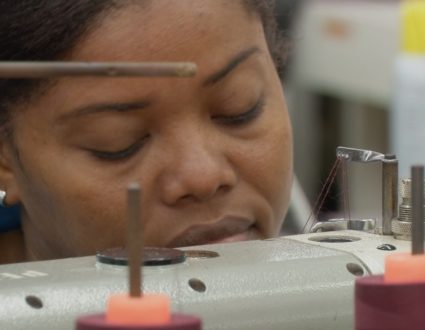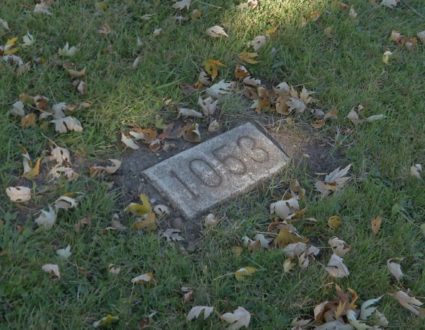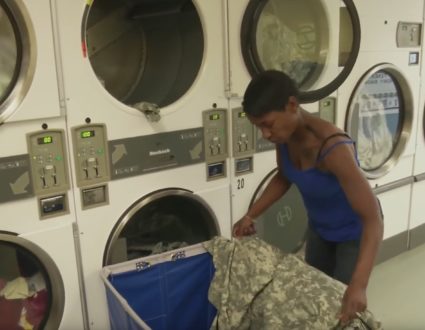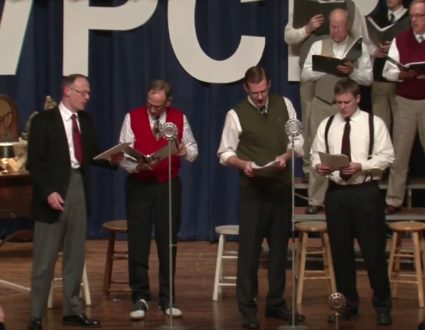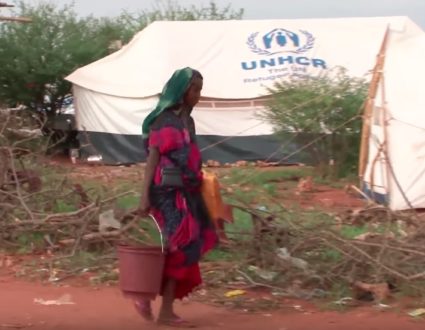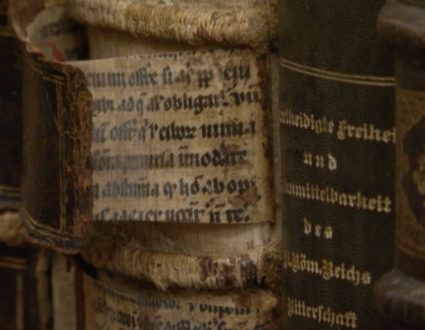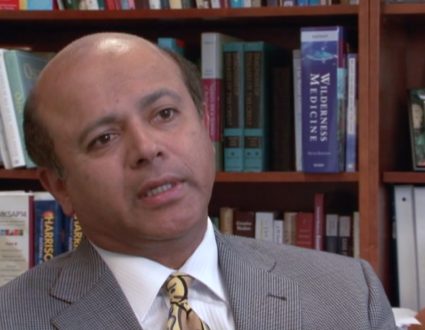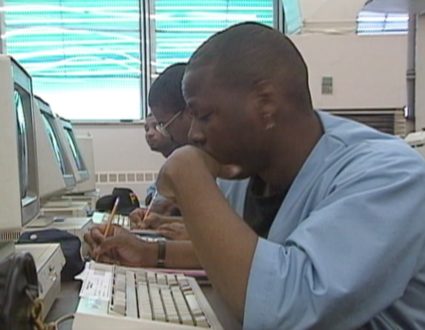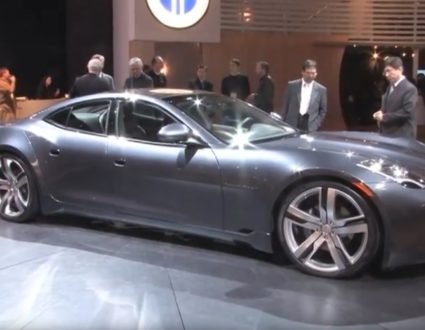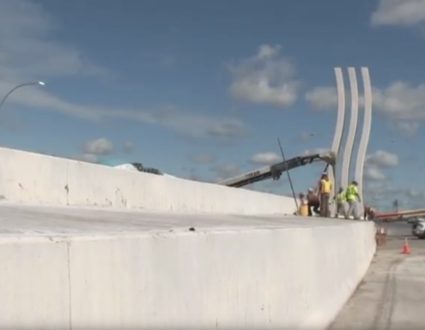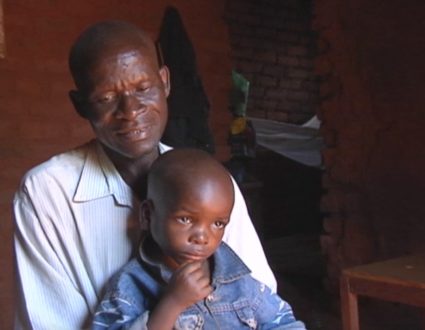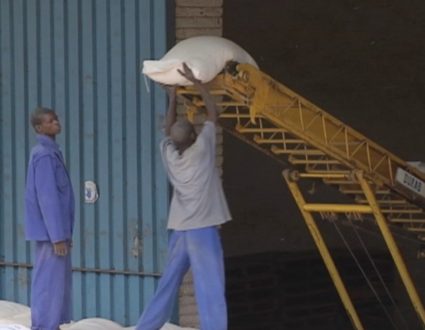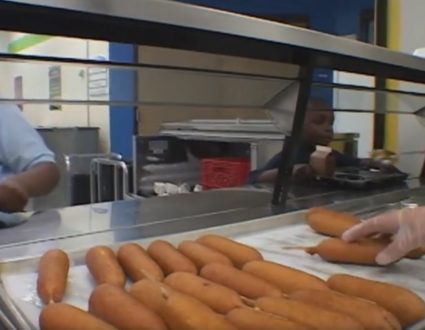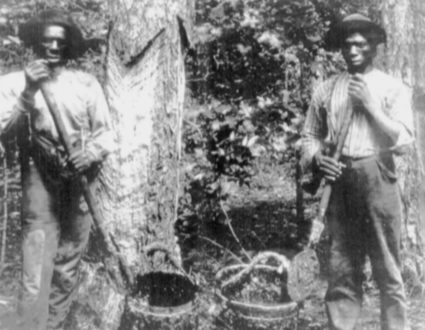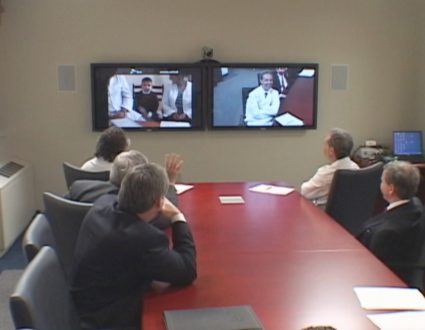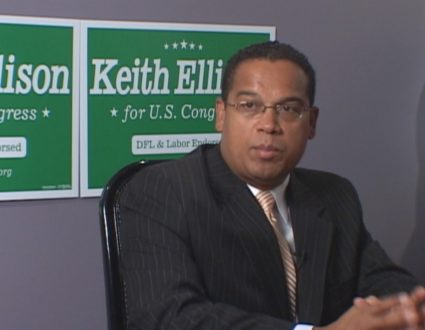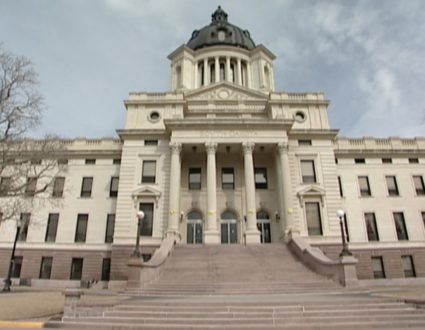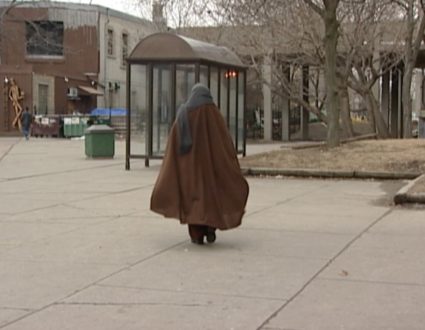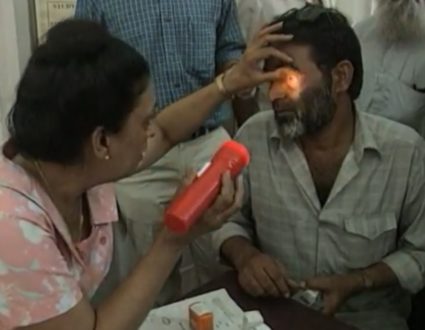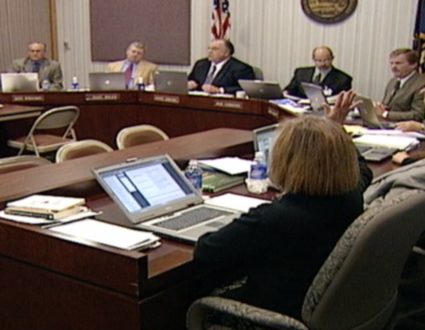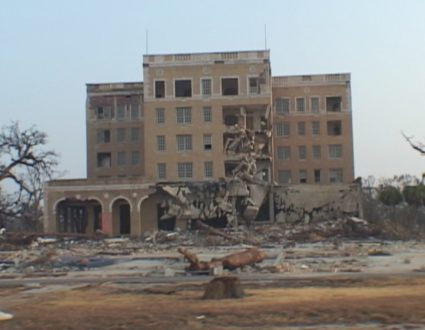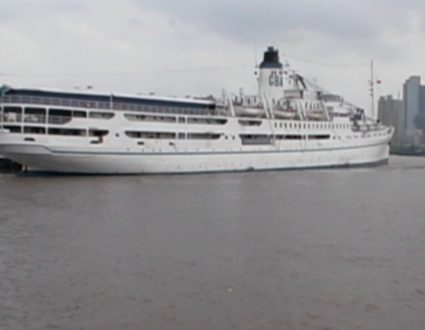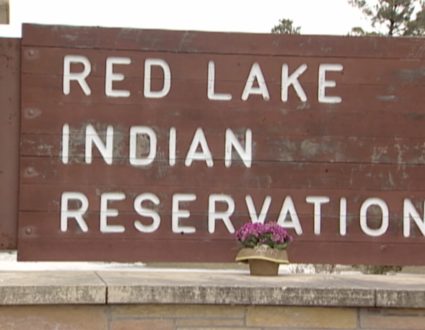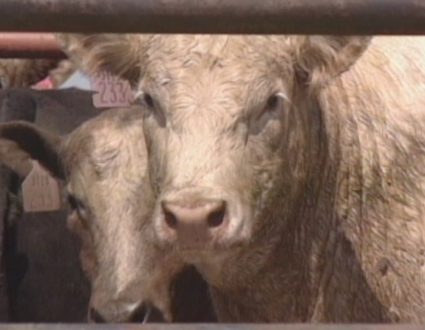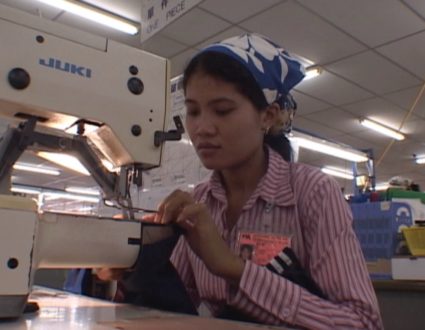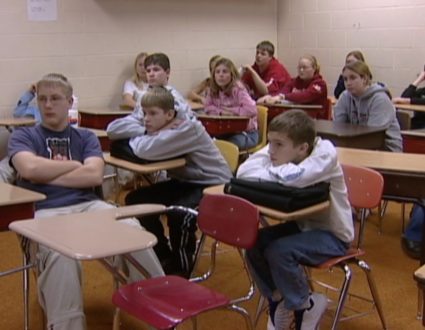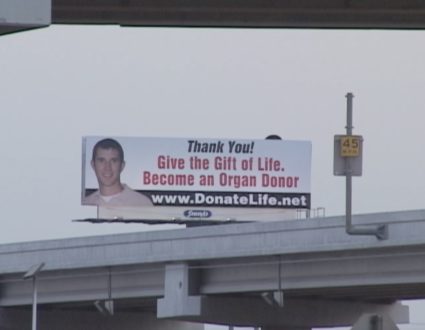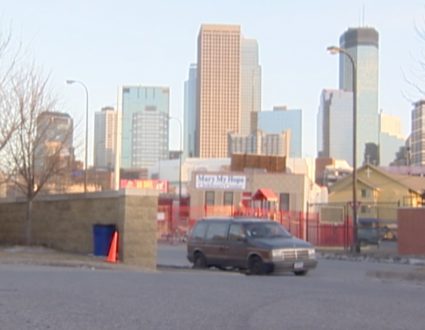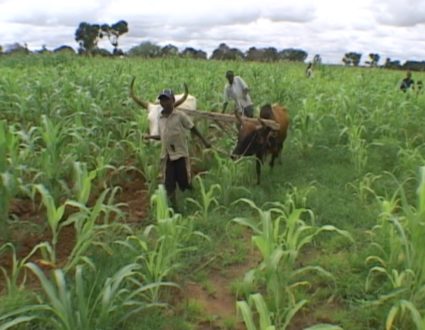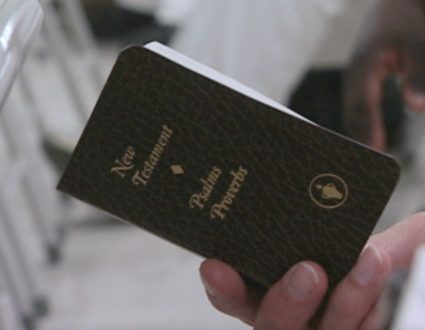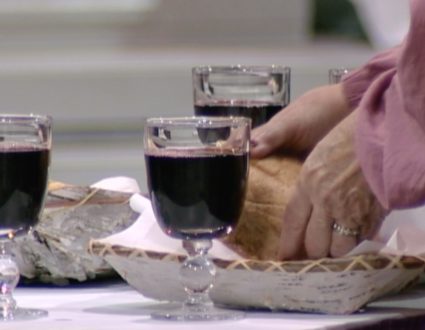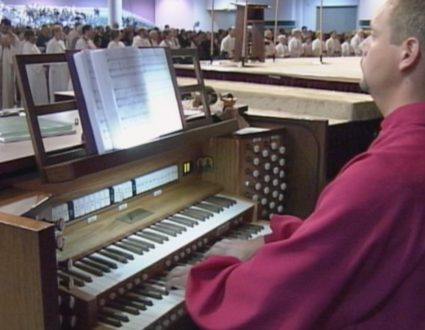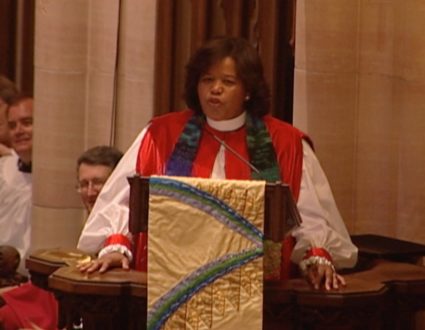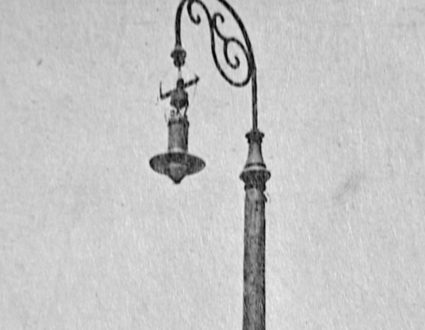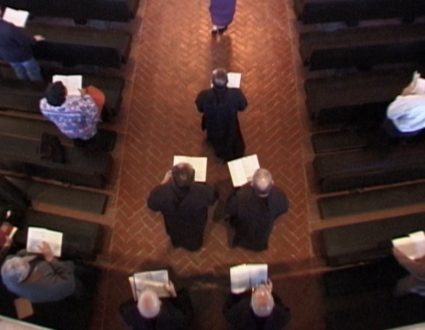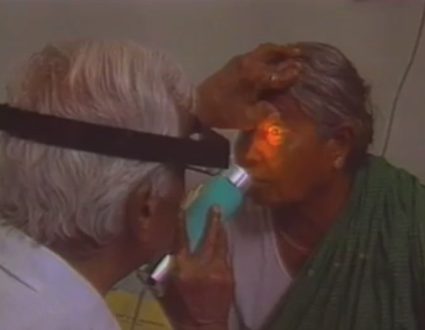Judy Woodruff:Let’s go back to where this began, in Minnesota.The problems in the Twin Cities with criminal justice there go much deeper than the George Floyd case. And of the 100 largest metro areas in the country, Minneapolis’ income gap between whites and African-Americans is the second worst in the country, a difference of nearly $50,000 a family.Again to special correspondent Fred de Sam Lazaro.
Fred de Sam Lazaro:It was a week unlike anything Minneapolis has ever seen, the police killing of George Floyd captured on bystanders’ cell phones, peaceful protests that quickly turned into violent and chaotic riots, reducing entire city blocks to ashes.In the middle of a deadly pandemic, the city fell into a vicious daily cycle, cleanups under sunshine, and, by nightfall, violence, looting, and standoffs with armed law enforcement authorities.
Protester:Say his name!
Protesters:George Floyd!
Protester:Say his name!
Protesters:George Floyd!
Fred de Sam Lazaro:On Sunday, though, at the site of Floyd’s killing, protesters gathered for a peaceful rally.
Emon Smith:I have been harassed for the color of my skin as far as I can remember. When I walk out the house, I have to worry about what’s going to happen to me today.
Jennifer Starr Dodd:When I saw the video, I literally wept. It just broke my heart. And I thought about, that could be my brothers, that could be my dad.And I couldn’t not come out here and protest this injustice.
Fred de Sam Lazaro:In some ways, Minneapolis may seem like an unlikely flash point for America’s worst urban race riots in decades.Sixteen Fortune 500 companies have their headquarters here in Minnesota. The state has a reputation of being prosperous and progressive. Minnesota nice is an expression one often hears.But go to minority communities, and many people will tell you, that’s not entirely true.
Mike Griffin:You’re doing well if you’re white, Minnesota nice if you’re white.
Fred de Sam Lazaro:Mike Griffin is a community organizer in Minneapolis.
Mike Griffin:We need the leadership of the city, the leadership of the state to really lean in on, what are the structural problems that are making this community so angry?
Fred de Sam Lazaro:Among those problems, an education achievement gap that’s one of the worst in the country, a dark history of discriminatory housing practices, and sharp income inequality.
Brittany Lewis:What you’re seeing on the streets as folks show up and protest is their kind of outward illustration of what trauma and rage look like.
Fred de Sam Lazaro:Brittany Lewis is a professor at the University of Minnesota’s Center for Urban and Regional Affairs. We met her in North Minneapolis, the majority-black neighborhood where she grew up.Over the weekend, it was the site of a massive food and supply drive for residents already suffering through the coronavirus pandemic, and now, after the rioting, the loss of so many grocery and retail stores.
Brittany Lewis:You already had a community suffering from a lack of resources, food, community, and access. A lot of folks who lost their jobs were in the service industry, black and brown people. And then George Floyd happened.
Fred de Sam Lazaro:She says, long before George Floyd, minorities in Minnesota have faced a different kind of discrimination.
Brittany Lewis:There’s an overt form of racism, right, that you might be used to. But then there’s a subtle a form of racism that gives you the impression that you’re welcome, you’re invited, we want you to engage. But then you learn really quickly, that’s not exactly what they want at all.
Fred de Sam Lazaro:However, Lewis says the George Floyd killing highlights the most glaring and certainly the most raw example of inequality for many African-Americans, the difference in how their communities are policed.
Man:I told him not to reach for it! I told him to get his hand off it!
Fred de Sam Lazaro:In 2016, Philando Castile, a 32-year old black man, was fatally shot during a traffic stop.The year before, a Minneapolis police officer fatally shot 24-year-old Jamar Clark. Both cases sparked outrage, protests and talk of change. Four years ago, the Minneapolis Police Department put in place new policies aimed at reducing the use of force and requiring officers to intervene if they observe a colleague being abusive.
Tony Williams:So, this is a cycle that we personally here have seen play out five or six times just in the last five years in Minneapolis.
Fred de Sam Lazaro:Tony Williams is a member of a group that wants to radically change the city’s approach to public safety. He’s studied the relationship between communities of color and the Minneapolis Police Department.
Tony Williams:I think, for those of us who have been following this history and the culture of policing here in Minneapolis, it’s a watershed moment in terms of the community that’s protesting right now is no longer saying that we think reforms are going to fix the underlying problems here.
Fred de Sam Lazaro:Even police chiefs around the nation are expressing outrage and frustration over George Floyd’s killing.
Andy Skoogman:I don’t know of one police chief in Minnesota who has looked at that video and said, that is the right technique.
Fred de Sam Lazaro:Andy Skoogman is the executive director of the Minnesota Chiefs of Police Association.
Andy Skoogman:There is a sad irony in all of this. I do believe that Minnesota has worked very hard over the last 10, 15 years to improve community relations.So, I think we need to double down on that and figure out ways that we can recruit more diverse candidates, but more better-quality candidates just in general.
Fred de Sam Lazaro:But for young black men in Minneapolis, the fixes will have to go far beyond police departments.
Man:So, we have an office here, and this guy came accusing us we can’t be here.
Man:What office are you in?
Man:Don’t worry about that. We don’t have to tell you anything.
Man:I’m calling 911 now.
Man:Go ahead.
Fred de Sam Lazaro:One day after George Floyd’s killing, a white man threatened to call the police on a group of young black men while they were all working out in their office building’s gym.
Abdi Hassan:The threat of, you know, I’m going to call 911, for a black person, if you say that to a black person in America now, it’s essentially, to a certain extent, a death threat.
Fred de Sam Lazaro:Twenty-four-year-old Abdi Hassan says the situation quickly escalated when the man began taking their pictures.
Abdi Hassan:I think, if it wasn’t for him taking pictures, we would have never thought to pull out our phone and start recording. So, as soon as he started taking pictures is when our phones came out.
Fred de Sam Lazaro:Hassan’s colleague, 22 year-old Zak Ahmed, recorded and posted the interaction online.The video soon went viral, and the white man who had confronted them was kicked out of the building.
Zak Ahmed:I wouldn’t say it’s too bad, but there is some racism that you face on a day-to-day. Just — as a black person, you just learn to deal with those things and not make a big deal out of them.But I think people should start recording these things so that, you know one by one, we can stop things like this from happening in the future.
Fred de Sam Lazaro:But after a volatile and chaotic week, Professor Brittany Lewis is uncertain about that future.
Brittany Lewis:I fear this is not taken seriously.
Fred de Sam Lazaro:Even now?
Brittany Lewis:Even now.I’m not going to lie to you, I’m worried, because, right now, people are — we’re still in the feelings of protest and rage, but there’s still a trial. There’s still — we’re — like, this is a long road.
Fred de Sam Lazaro:For the “PBS NewsHour,” I’m Fred de Sam Lazaro in Minneapolis.
A week unlike anything Minneapolis has ever seen
After the police killing of George Floyd was captured on bystanders’ cell phones, peaceful protests quickly turned into violent and chaotic riots, reducing entire city blocks to ashes. In the middle of a deadly pandemic, the city fell into a vicious daily cycle, cleanups under sunshine, and, by nightfall, violence, looting, and standoffs with armed law enforcement authorities.
“What you’re seeing on the streets as folks show up and protest is their kind of outward illustration of what trauma and rage look like.”


Minnesota is home to an education achievement gap that’s one of the worst in the country, a dark history of discriminatory housing practices, and sharp income inequality.
“The threat of, you know, I’m going to call 911, for a black person, if you say that to a black person in America now, it’s essentially, to a certain extent, a death threat.”















































